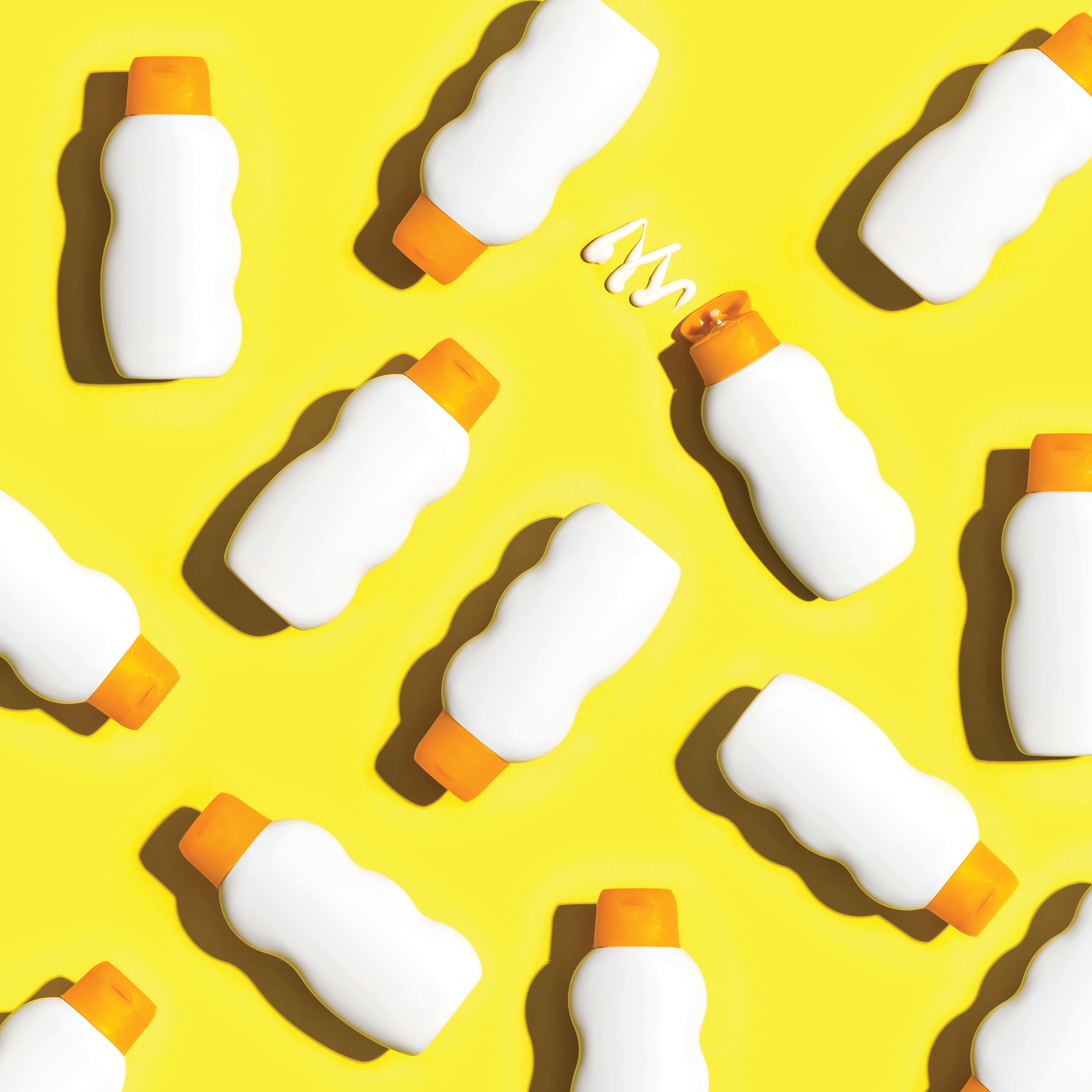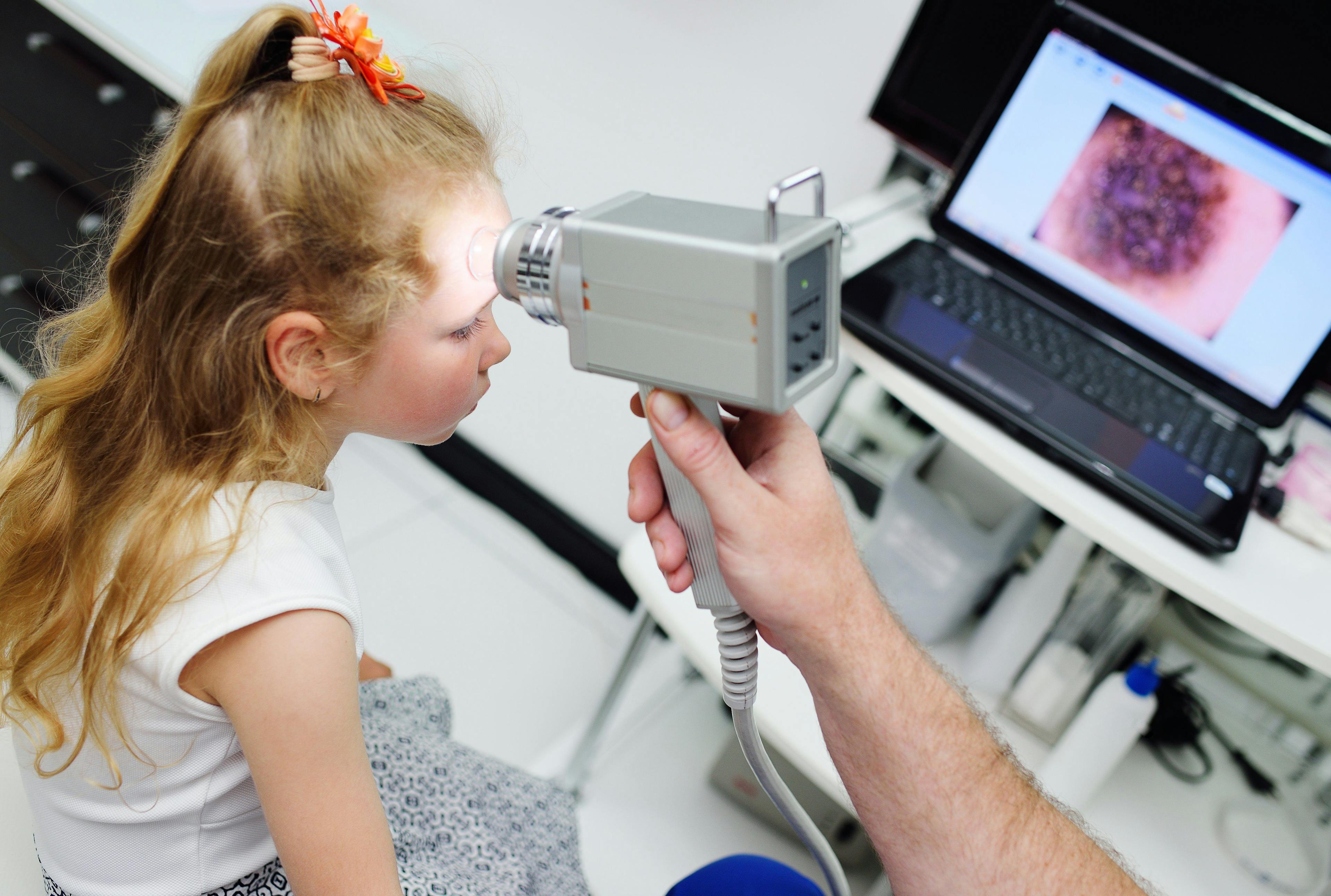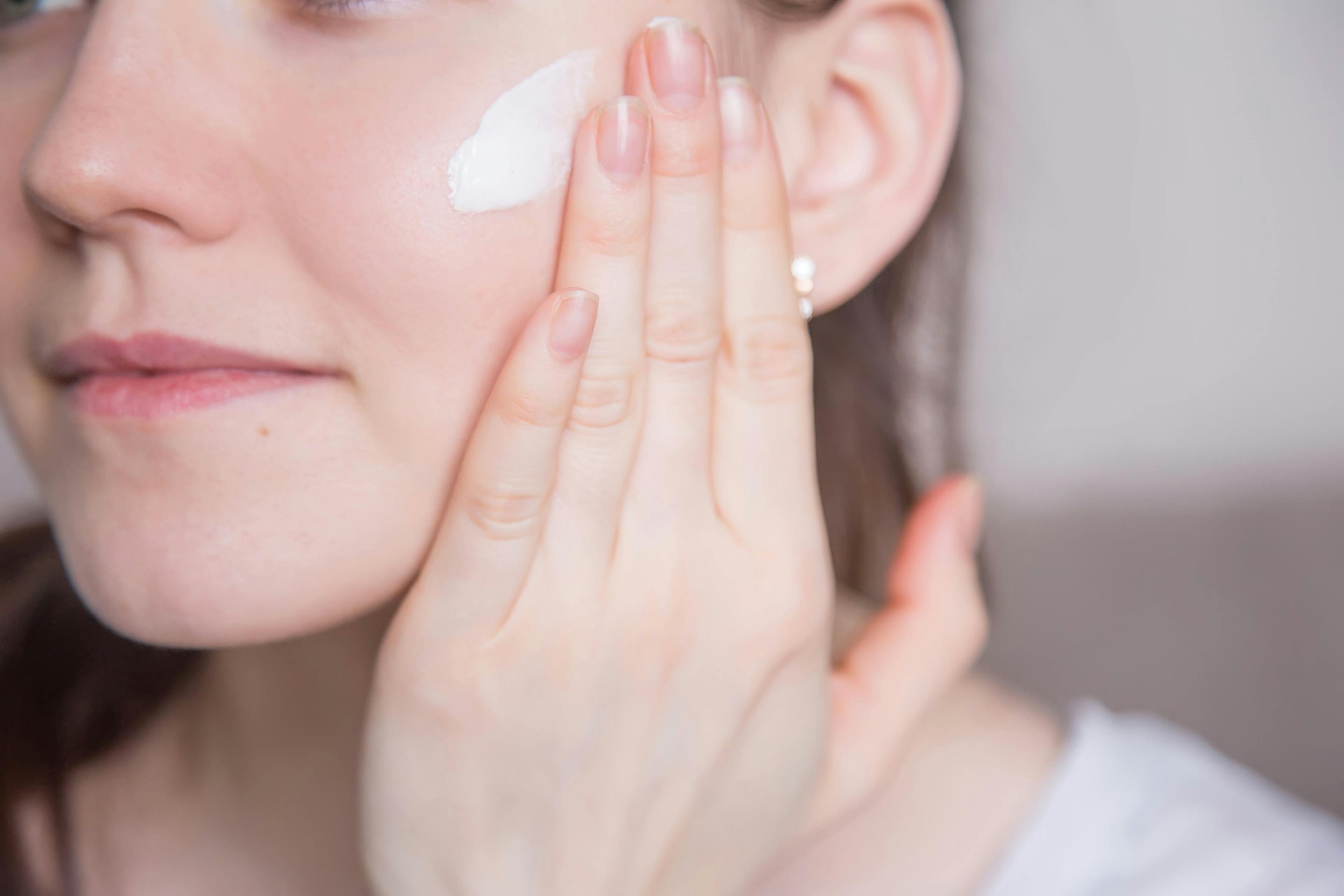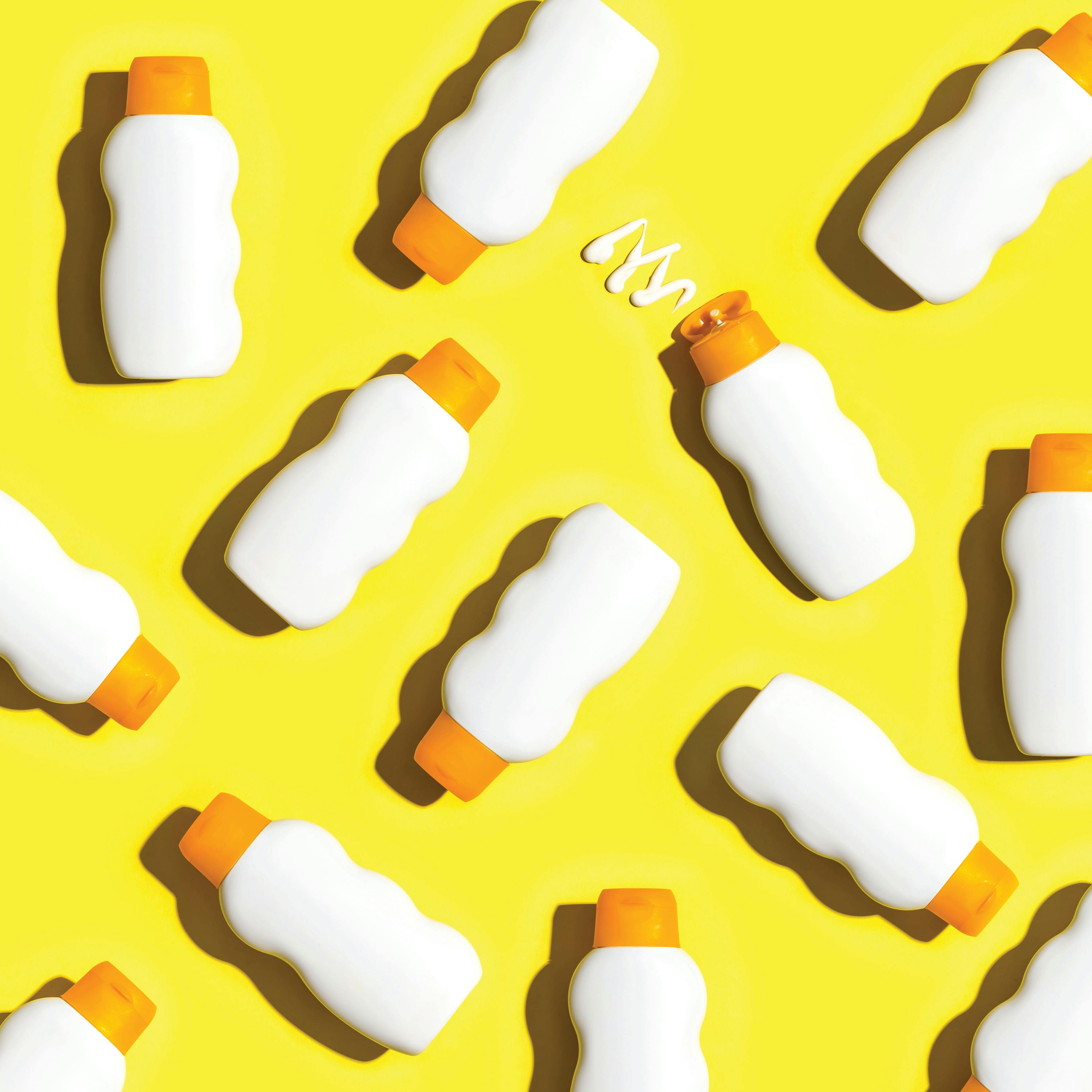- Acne
- Actinic Keratosis
- Aesthetics
- Alopecia
- Atopic Dermatitis
- Buy-and-Bill
- COVID-19
- Case-Based Roundtable
- Chronic Hand Eczema
- Chronic Spontaneous Urticaria
- Drug Watch
- Eczema
- General Dermatology
- Hidradenitis Suppurativa
- Melasma
- NP and PA
- Pediatric Dermatology
- Pigmentary Disorders
- Practice Management
- Precision Medicine and Biologics
- Prurigo Nodularis
- Psoriasis
- Psoriatic Arthritis
- Rare Disease
- Rosacea
- Skin Cancer
- Vitiligo
- Wound Care
Publication
Article
Dermatology Times
Is sunscreen hurting the environment?
Author(s):
Some chemicals in over-the-counter sunscreens may impair marine life, says the National Ocean Service. As a result, they are recommending people choose sunscreens without these chemicals ingredients.
Sunscreen chemicals become environmental hazards when they wash off skin and enter waterways. (Tierney - stock.adobe.com)

Another consideration when using sunscreens is the potential impact on the environment. The sunscreen chemicals oxybenzone, benzophenone-1, benzophenone-8, OD-PABA, 4-methylbenzylidene camphor, 3-benzylidene camphor, nano-Titanium dioxide and nano-Zinc dioxide can harm marine life, according to the National Ocean Service.1
Sunscreen chemicals become environmental hazards when they wash off skin and enter waterways. The marine life impacted includes green algae, coral, mussels, sea urchins, fish and dolphin. These chemicals impair marine life fertility and reproduction, induce defects in young creatures and even kill, according to the National Ocean Service, which recommends that people choose sunscreens with chemicals that don’t harm marine life.
Studies implicating nanoparticle mineral sunscreens were carried out with true nanoparticles from industrial dispersions at less than 50 nm in size, says Sharyn A. Laughlin, M.D., a dermatologist, who specializes in laser and cosmetic dermatology in Ottawa, Ontario, Canada.
“Commercial sunscreens rarely if ever use true nanoparticles, which tend to forcibly agglomerate into larger particle dimensions. Most mineral products use size distributions of 200 to 15,000 nanometers,” she says. Â
Disclosures:
1. Skincare Chemicals and Coral Reefs. National Ocean Service Website. https://oceanservice.noaa.gov/news/sunscreen-corals.html. Updated May 20, 2019.

Newsletter
Like what you’re reading? Subscribe to Dermatology Times for weekly updates on therapies, innovations, and real-world practice tips.


























